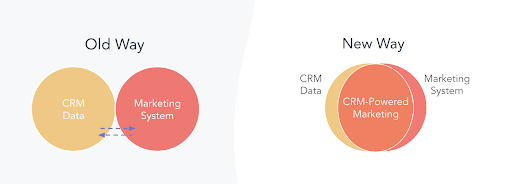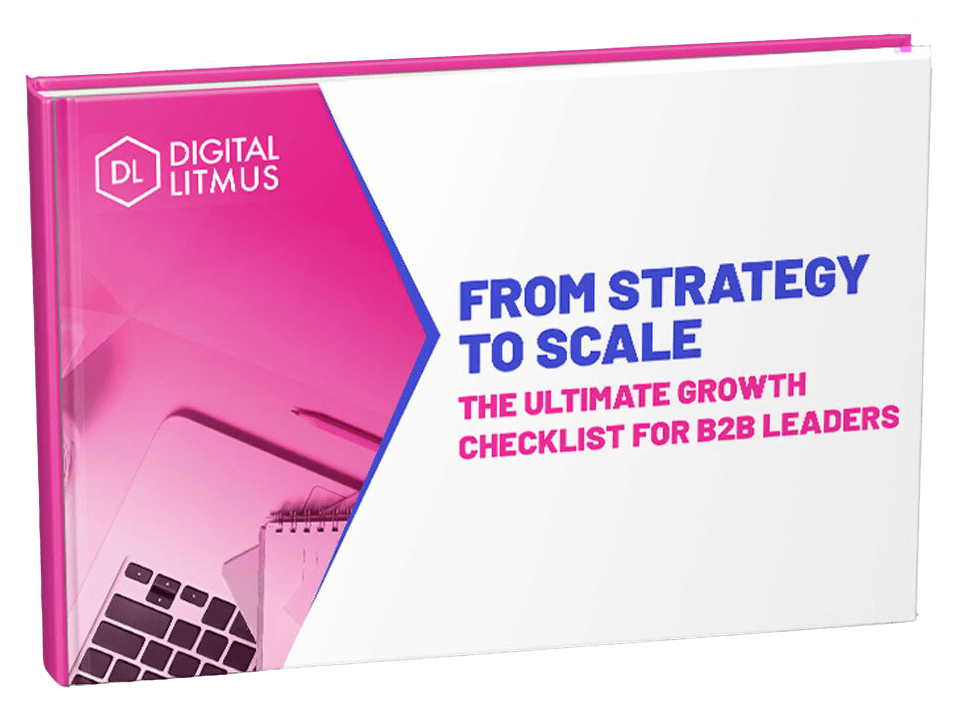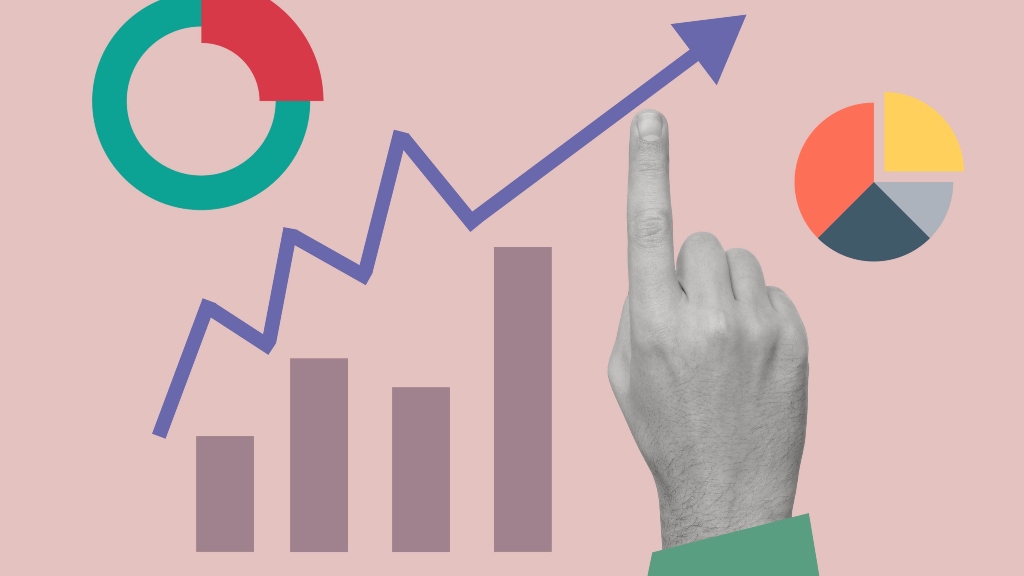If you're using a CRM you probably have a lot of data. And making good use of that data.
No?
Then You're probably lacking in a strong CRM strategy that leverages your customer data to target prospects more successfully.
To achieve B2B sales and marketing success, there are three essential strategies you should be implementing:
- Segmentation – to target a prospect's correct needs.
- Contextualisation – to explain why they need it.
- Personalisation – to make them feel valued.
The common thread that runs through each of these strategies is customer data. Let's dive into how you can use your customer data to target your prospects in the correct way, delight your customers, and ultimately drive more sales.
Segmentation
Thanks to modern technology and marketing, the average consumer can see anywhere between 5,000 and 10,000 advertisements in a single day.
Think about the last time you were browsing online and the number of irrelevant ads that you saw. Some webpages have so many annoying pop-up videos and offers that are a struggle to close – that it’s easier to simply leave the webpage than battle through them.
Despite this, there is a larger threat for digital marketers than irritated prospects; a lack of interest entirely.
When a consumer doesn’t feel like the advertisement is relevant, they won’t engage.
This is why a CRM is vital to modern marketing. Without a way to understand your customer, you can’t give them the content that they need, when they need it. With CRM data, you can use customer data to your advantage to sort specific groups of customers by their wants, needs, and readiness to buy to understand how to advertise to them.

Contextualisation
There are three key buying stages that every prospect goes through before making a purchase: Awareness, Consideration and Decision.
The length of time between each of these stages will often vary greatly depending on your product or service. A thirsty person on a hot day will decide to buy a cold drink much faster than a Project Manager browsing new software for a global SaaS business.
Despite the varying time lengths between stages, one thing remains the same throughout this journey. Consumers need to see buyer-stage-specific content before they can make their final decision on whether to purchase a product or service.
Often, this will start with the individual realising they have a problem – their pain point – and wanting to fix it. They will then begin to search for a solution to this problem.
To learn more about identifying customer pain points, check out our blog on how to create buyer personas that will grow your business.
Build Campaign Triggers that are Linked to the Buyer's Journey
Here are some examples of content created for buyers at each stage of the journey. To understand what content you should produce, you need to place yourself in the buyer’s shoes and ask yourself what they need at each stage of the buyer’s journey.
- Awareness – a blog discussing the general problem.
- Consideration – a guide to exploring different solutions to the problem.
- Decision – a case study explaining why company x chose a certain solution to their problem.
By separating and labelling prospects in your CRM based on their customer journey, you can target them with the right message. However, you want to make sure that you don’t bombard them with too much information too early on as this can scare them off. Instead, you want to send well-timed, useful pieces of information that slowly draw the buyer in and drive them towards the end decision.
By using a CRM to segment your audience, you can make sure prospects receive contextually relevant sales messaging to nurture them through the sales funnel and towards a purchase.
Personalisation
Effective personalisation has come far from addressing a prospect by name in an email. As technology has developed, the modern consumer has become tech-savvy and no longer falls for such simple tricks.
Modern personalisation involves sending relevant messages at the right time, using the right language, tone and subject matter. Most emails we receive are now personalised to the most basic level, so you need to take personalisation up a level in order to stand out and catch the buyer’s attention.
You want your prospects to feel valued through the human element that advanced personalisation adds.
The line between contextualising and personalisation can sometimes be a little blurred, so this is the easiest way to differentiate them:
- Segmentation – who do we want to speak to?
- Contextualisation – what are we going to say?
- Personalisation – how are we going to say it?
Contextualisation ensures you give your prospect the right amount of information at the right time, while personalisation ensures that they feel like your message is aimed directly at them when they most want to hear it.
Just be wary of going too far with personalisation and making messages too personal, as this can push a prospect away. They want personalised information that feels helpful and offers value when they most need it.
Ready to take your marketing to the next level with HubSpot? Let's leverage the power of MarTech to supercharge your lead generation, sales, and customer retention. Explore our MarTech services and let’s see how we can help you.
How CRM Triggers Can Power Hyper-Personalised Communications
Using CRM triggers is the best way to ensure you send the right emails at the right time to a potential customer.
There are a few different ways that triggers can be used:
Page Tracking
You can use page tracking to provide your prospects with individual recommendations. This tells you which pages a person has visited so you can make recommendations to them tailored to their needs and interests.
Deal Stages
Deal stages can be used to trigger custom bots on pages to help with sales. You can set up the bot so it appears to prospects at a specific deal stage so it can help them to answer any questions at the right time.
Known Dates
You can use known dates to trigger personal messaging, like a birthday email or remind a customer about a renewal date. These timely messages allow you to engage better with existing customers or potential prospects.
Workflows
Workflows are useful for delaying messages until a contact has triggered them by performing an action, like visiting a web page or completing a form. This gives you the advantage of waiting until the prospect has first engaged with you before contacting them.
Turn your CRM into a Marketing Machine Today
By making the most of your data and utilising your CRM to segment, contextualise and personalise your messaging, you can communicate with the right people, at the right time, in the right way.
If you apply even one of these marketing strategies, you will undoubtedly see more marketing success and ultimately drive more sales to your business in a sustainable and cost-effective way.
By using a simple but powerful and effective CRM, such as HubSpot, you can easily segment your customers, and build personalised, contextual campaigns at scale.

Are you a B2B company looking to accelerate growth?
Our connected sales, marketing, and HubSpot agency services might be just the ticket. Get in touch for your free growth assessment to find out how you can accelerate business growth today.





